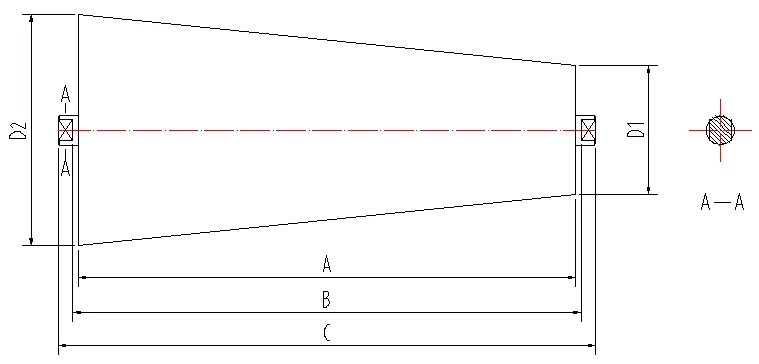 Afrikaans
Afrikaans  Albanian
Albanian  Amharic
Amharic  Arabic
Arabic  Armenian
Armenian  Azerbaijani
Azerbaijani  Basque
Basque  Belarusian
Belarusian  Bengali
Bengali  Bosnian
Bosnian  Bulgarian
Bulgarian  Catalan
Catalan  Cebuano
Cebuano  Corsican
Corsican  Croatian
Croatian  Czech
Czech  Danish
Danish  Dutch
Dutch  English
English  Esperanto
Esperanto  Estonian
Estonian  Finnish
Finnish  French
French  Frisian
Frisian  Galician
Galician  Georgian
Georgian  German
German  Greek
Greek  Gujarati
Gujarati  Haitian Creole
Haitian Creole  hausa
hausa  hawaiian
hawaiian  Hebrew
Hebrew  Hindi
Hindi  Miao
Miao  Hungarian
Hungarian  Icelandic
Icelandic  igbo
igbo  Indonesian
Indonesian  irish
irish  Italian
Italian  Japanese
Japanese  Javanese
Javanese  Kannada
Kannada  kazakh
kazakh  Khmer
Khmer  Rwandese
Rwandese  Korean
Korean  Kurdish
Kurdish  Kyrgyz
Kyrgyz  Lao
Lao  Latin
Latin  Latvian
Latvian  Lithuanian
Lithuanian  Luxembourgish
Luxembourgish  Macedonian
Macedonian  Malgashi
Malgashi  Malay
Malay  Malayalam
Malayalam  Maltese
Maltese  Maori
Maori  Marathi
Marathi  Mongolian
Mongolian  Myanmar
Myanmar  Nepali
Nepali  Norwegian
Norwegian  Norwegian
Norwegian  Occitan
Occitan  Pashto
Pashto  Persian
Persian  Polish
Polish  Portuguese
Portuguese  Punjabi
Punjabi  Romanian
Romanian  Russian
Russian  Samoan
Samoan  Scottish Gaelic
Scottish Gaelic  Serbian
Serbian  Sesotho
Sesotho  Shona
Shona  Sindhi
Sindhi  Sinhala
Sinhala  Slovak
Slovak  Slovenian
Slovenian  Somali
Somali  Spanish
Spanish  Sundanese
Sundanese  Swahili
Swahili  Swedish
Swedish  Tagalog
Tagalog  Tajik
Tajik  Tamil
Tamil  Tatar
Tatar  Telugu
Telugu  Thai
Thai  Turkish
Turkish  Turkmen
Turkmen  Ukrainian
Ukrainian  Urdu
Urdu  Uighur
Uighur  Uzbek
Uzbek  Vietnamese
Vietnamese  Welsh
Welsh  Bantu
Bantu  Yiddish
Yiddish  Yoruba
Yoruba  Zulu
Zulu pulley rubber lagging
Understanding Pulley Rubber Lagging An Essential Component in Conveyor Systems
In the world of material handling, efficiency and durability are paramount. One critical element that significantly enhances the performance of conveyor systems is pulley rubber lagging. This specialized coating applied to the surface of pulleys serves multiple purposes, ensuring improved traction, reduced wear, and extended equipment life.
Pulley rubber lagging is primarily designed to increase the friction between the belt and the pulley. This is crucial in preventing slippage, which can lead to significant inefficiencies in material transport. Without adequate traction, the conveyor belt may fail to move materials effectively, causing delays and increased operational costs. Rubber lagging provides the necessary grip to keep the belt firmly in place, ensuring smooth and reliable operation.
Moreover, rubber lagging plays a vital role in protecting the pulley itself. During operation, pulleys are subjected to various stresses and impacts. The rubber layer acts as a buffer, absorbing shock and reducing the wear and tear on the pulley surface. This protective barrier not only prolongs the life of the pulley but also minimizes maintenance requirements and associated downtime.
pulley rubber lagging

Additionally, it is essential to consider the different types of rubber lagging available. Depending on the specific application and environmental conditions, various rubber compounds can be used, each offering unique properties. For example, some lagging is designed for high-abrasion applications, while others may be tailored for wet or slippery conditions. By selecting the appropriate type of rubber lagging, companies can optimize performance and ensure their conveyor systems are suited to their operational needs.
Installation of pulley rubber lagging is a straightforward process, but it requires precision and expertise. Proper adhesion and alignment are critical to achieving the desired performance outcomes. Many organizations choose to engage specialized contractors for this task to ensure that the lagging is applied correctly and efficiently.
Another advantage of rubber lagging is its contribution to noise reduction in conveyor systems. The rubber material dampens vibrations, resulting in a quieter operational environment. This property is particularly valuable in facilities where noise levels must be managed to comply with health and safety regulations.
In conclusion, pulley rubber lagging is an essential component that enhances the efficiency, longevity, and performance of conveyor systems. By improving traction, providing protection to pulleys, and reducing noise, rubber lagging facilitates smoother operations and minimizes maintenance needs. As industries continue to seek ways to optimize production processes, the importance of such seemingly simple components becomes increasingly evident. Proper selection, installation, and maintenance of pulley rubber lagging can ultimately lead to significant cost savings and operational improvements.
-
Revolutionizing Conveyor Reliability with Advanced Rubber Lagging PulleysNewsJul.22,2025
-
Powering Precision and Durability with Expert Manufacturers of Conveyor ComponentsNewsJul.22,2025
-
Optimizing Conveyor Systems with Advanced Conveyor AccessoriesNewsJul.22,2025
-
Maximize Conveyor Efficiency with Quality Conveyor Idler PulleysNewsJul.22,2025
-
Future-Proof Your Conveyor System with High-Performance Polyurethane RollerNewsJul.22,2025
-
Driving Efficiency Forward with Quality Idlers and RollersNewsJul.22,2025





























